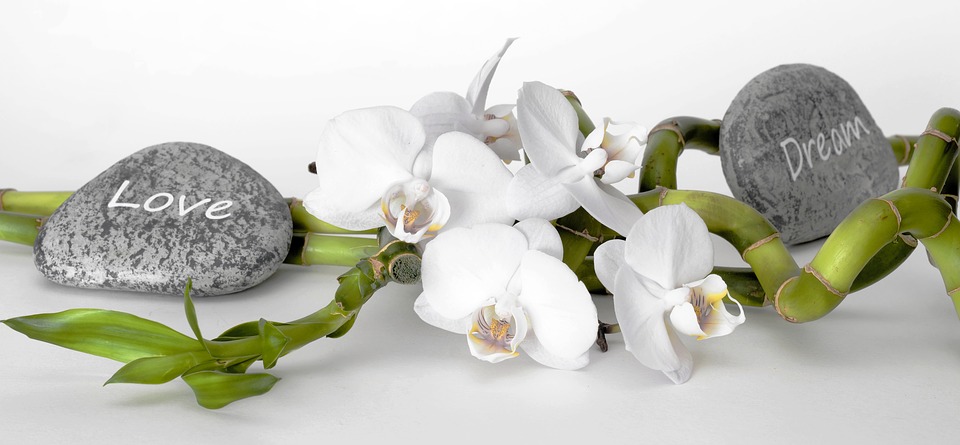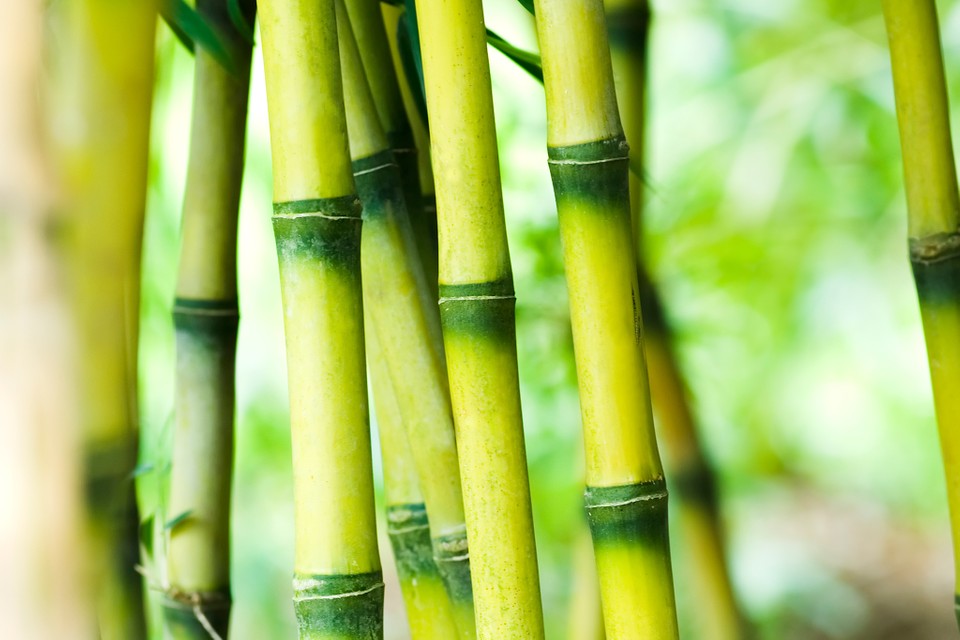Bamboo Plants
Bamboo is the go-to plant for green-fingered people, this is particularly the case when creating a garden area that you want to have a tropical feel. Its spectacular appearance makes it a great choice as a specimen plant, as well as to provide an appealing screen or to add something of interest to borders.

If you want to have bamboo in your garden you need to learn a few vital tips and tricks, don’t worry they are pretty easy to learn.
1. First Up, What Is Bamboo?
Bamboo comes from the grass family (we also call this Poaceae). Species are native to different countries, however, they are not native to Europe, most come from Central America, South America, and China, as well as Japan. Bamboo was originally found in lowland plains and mountain areas of Asia, often where the temperature went to a low -30 degrees Celsius. This is one of the reasons why Bamboo is a hardy plant, making it ideal for the climates of Europe and North America.
Beside from the generic species, a variety of tropical species also exist, these are native to Australia, Africa and parts of Asia which have a tropical climate. For these species to survive in home gardens they will need a frost free climate. If they are grown in the right environment they will often become among the most stunning species to be found in the world.
2. What Makes Up The Main Different In Types Of Bamboo?
The main difference in bamboo types boils down to the root system of the plant. Home gardeners need to take this into account, in particular, if they want to opt for a species which is best-suited to the environment that they have.
Nearly all bamboos will have a running root system (leptomorph system) or they will have a clumping system (pachymorph system). Which one the bamboo has is related to the botany of the plant.
All bamboo systems will have rhizomes and roots – rhizomes is the term for the underground stems with nodes, this is where the new shoot will grow from. Clumping roots or running roots will develop depending on how much space is between the nodes on the rhizone (this is referred to as the inter-nodes). Shorter inter-nodes will mean clumping forms and closer stems, while running forms have longer inter-nodes.
When picking a bamboo plant for your garden it is best to opt for the version which will best suit the space you have available. If space is a problem the growth of the plant can be adjusted, particularly if you feed them only a little post planting.
3. What Are The Best Growth Conditions For A Bamboo Plant?
Depending on which species you opt for, the degree of the sun or shade, which your pant needs will vary. Some species can get by well with cooler climates while other needs a warmer climate. This is why you must do plenty of research on the type of bamboo plant you should choose.
As well as this, there are a few common features to every bamboo plant and this also includes the hardy choices. This makes them easy to maintain. They are also able to get by well with a level of neglect. When you first plant bamboos you don’t need to give much thought to the soil as bamboos tend to do very well in different soil types and the health does not seem to be affected – this is regardless of whether you have soft soil or hard clay soil.
That being said, bamboos do need a lot of watering during the growing season, during other times they don’t do well in poorly drained soil. To stop water-logging from occurring you can add grit, gravel or other materials to the soil.
4. Location is Everything!
Bamboos can grow tall, as well as wide, and this must be taken into account when choosing where to place them so that they do not interfere with features you already have, such as paths or boundaries. If this is an issue it is best to install a barrier to stop the plant from spreading. This is especially true for running species (as well as clumping species if the space is small). One simple way to get around this is to create a few of root barriers. You can get these from the majority of garden centers or you can buy them online. Small pieces of material used for paving can also work well if you place them around the hole.
A further option is to create a trench (around 45cm) around the plant. You can prune off any rhizomes which are extending out as they enter the trench.
5. When Should The Planting Take Place
It is best to plant bamboos in Spring – this lets the plant have a long growing season to get settled. If you buy from a nursery you will find that the bambooos are very pot bound. At times, you may need to use a knife to remove the pot.
If this is the case you should soak the roots before you plant. You will then need to dig a hole one and a half times the depth, as well as twice the root size. For optimum results add drainage material, as well as organic fertilizer to the base. When you have planted the bamboo give it plenty of water, as well as manure or compost.
6. How To Maintain Your Bamboo Plant
This is pretty easy; in fact it is why they are such a popular choice. Keep watering your plant for the first two years, the more water you give it, the more it will grow. Avoid fertilizers which are seaweed based as bamboos cannot tolerate salt.
7. Routine Maintenance Plan For Your Bamboo
You only need a little effort to keep your bamboo plant thriving. Get rid of any dead canes, as well as damaged ones, during the spring, cut them to ground level using scissors.
You should also remove debris that might be at the base and reduce some of the canes at the bottom so that the bamboo looks tidy.
In addition, make sure dry areas get regular moisture but don’t saturate the plant, bamboos like conditions which are moist but also well-drained.
8. The Pruning Points
To promote growth that is healthy and strong you need to prune the bamboo plant regularly to get rid of damaged and weak culms. If you don’t know how to identify these you can look for culms with a dull color and cut them away. This will allow more air and light to reach the center of the plant which will then help it to thrive. Some pruning of the side branches will also stop congestion from occurring. If you want to go for a striking look you can cut away all branches at low levels.
9. Everyone Can Find A Bamboo Plant To Love
Everyone can find a bamboo plant that will suit their environment and their climate. Chimonobambusa, Bashania, Pseudosasa, or Sasaella are just a few of the choices, as well as Pseudosasa, and Indocalamus (which are great for low maintenance areas). Those are some big words … yes?
Giving time and effort to the choice of bamboo means you will opt for one which can thrive in your area. This is refereed by a term called ‘zones’, In Canada, you can find you plant hardiness zones here.
10. Cultivating In Containers
If you want to grow your bamboo plant inside or in a container you will need a pot that has a minimum diameter fo 45cm and the same depth. Add water retaining gel when you plant your bamboo, as well as a controlled release fertilizer when making up the compost.
In the summer your bamboo will need to be watered regularly and fed with a liquid feed. During the winter, cut back on the watering and don’t feed your plant so that it can dry out. If the weather is very cold you will need to place the bamboo in a frost free area or provide insulation for the container. To promote new growth you must separate the bamboo every few years. You can use a saw to cut through the root ball and then keep only the younger of the rhizomes and canes.
11. Bamboo Flowering
While a lot of myths say that bamboos die after they have flowered, this does not always happen. Flowering can cause brown foliage and feather blooms. However, these blooms can cause a weakening to the clump so it’s important to know a few tricks to aid the recovery.
These tips are outlined below:
– If you see an occasional flower, leave it be and keep watering and feeding the plant. When spring comes cut the clump to ground level and give a high-quality nitrogen fertilizer. This will encourage new green growth.
The Bottom Line ….
While it may seem like there is a lot to consider when planting bamboo most of the process is easy. For those who don’t have the time or care to mess with this, but would like to enjoy bamboos, there are some good resources to buy bamboo plants online.
If you put in a little effort you can enjoy a plant that is great for breaking up spaces and giving privacy.
If you have had great success with growing bamboos we would love to hear from you.

